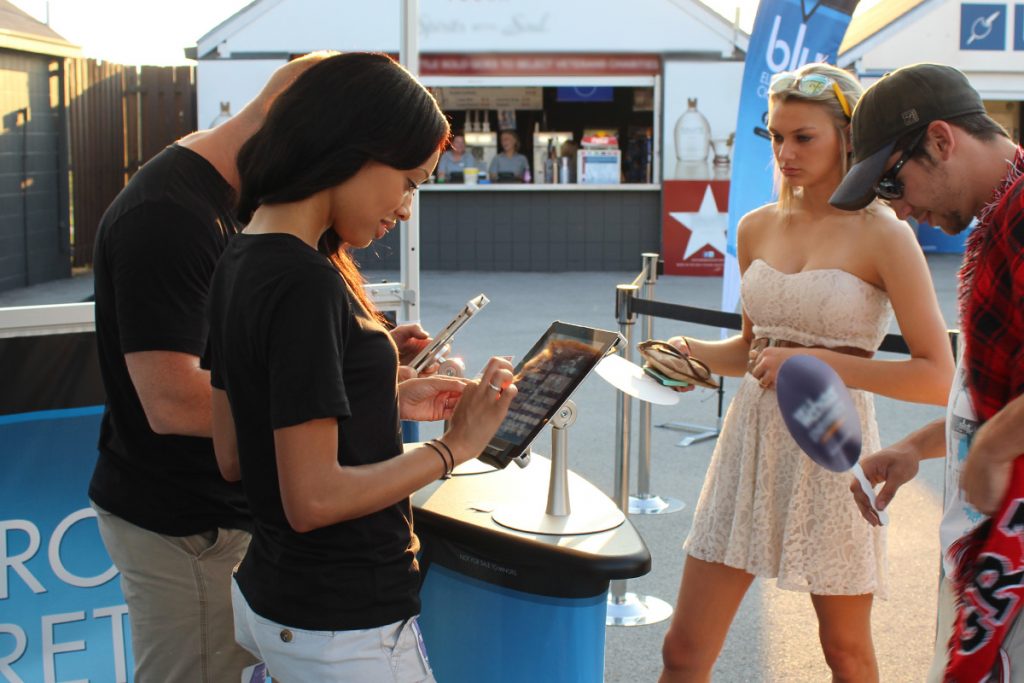We are in an endless loop where we are constantly consuming information just as outlets are collecting information from each of us. It’s a snake eating its own tail – we are being fed new content while unconsciously deciding the direction of the content in real-time that will be our next meal.
Netflix has used their data in such interesting ways that they even adjust the “poster” or preview image of titles based on your preferences. They are making little adjustments and big adjustments in real-time, day to day, hour by hour because of our actions. Just as what we stream on Netflix tonight is influencing the next wave of Netflix content years from now, so too, does data with the creative process.
Companies spend a tremendous amount of marketing capital on communicating a brand message, but then they only analyze the data after a marketing campaign is deployed. When in reality, data can contribute significantly at each stage of your campaign. You must define your campaigns at the onset by research, and then monitor the data coming from each channel throughout the campaign so that you are ready to adjust or pivot your creative and tactics at any moment. It’s essential to not look at the data to see how successful the creative was but to use the data to make the creative more effective now.
Understanding Audience Behaviors
Because artificial intelligence (AI) learns from past data, it can be used to make decisions that affect the future of a brand at the onset and even when a campaign has already begun. This same idea is now being utilized by top film studios like 20th Century Fox and Warner Bros. If they are investing hundreds of millions of dollars in the hope to have the next big film series like THE AVENGERS, LORD OF THE RINGS, or HARRY POTTER, they need to feel more confident than ever before that the investment will pay off.
Cinelytic is an analytics tool that their CEO describes as “a film business intelligence platform” for executives to identify what films to make, who should star in them, and when to release them. Long has Hollywood used box-office reports and release calendars to help with decisions, but this takes the creative process to another level. Essentially, an executive can plug in different actress names to see how they would affect the success of a film. The script may already be written, a director attached, and pre-production has already begun. Yet, executives are able to affect the outcome of the project after the ball is already rolling.
Where once a data analyst may have simply looked at the opening weekend box-office results to measure star-power, they might now look at streaming retention or duration of views, repeat traffic, downloads, and online discussion trends before and after release from all across the world. And while this process of casting based on algorithms and viewer behavior could be looked at as limiting the creative process, perhaps this is an example of a glass-half-empty and half-full. Perhaps, this is what studios have done all along, they just now have more quantifiable data to analyze. “If you have more information and can see a broader picture, then the better your decision-making can be,” Tobias Queisser, CEO and co-founder of Cinelytic, said. “And that allows you to take more risks because you are more comfortable with the models.”
Reevaluating Your Tactics
The digital team at Switch recently worked on a significant data project for a university in Missouri. Our goal was to gain insights not just from alumni and current students, but prospective high school students and high school counselors. With any dataset, this can be used in so many different ways and can be examined to prove a variety of trends. But in the end, the most important pieces of information we needed to know were the factors that influenced decision making and the most impactful marketing messaging as it related to the college decision process.
Because of all the different elements that factor into the decision process, it couldn’t be a couple of questions. We had to take into consideration past messaging, the campus, and the array of student life and curriculum options. It became much more than just a binary “what you like” and “what you don’t like.” The complexity of the survey and the variety of data points that could be extrapolated from it allowed us to show our client that different elements worked for different demographics, but it also presented an opportunity to show how to update their current marketing along with how new creative campaigns could come to life based solely on data. While data influenced the direction, it didn’t dictate the execution.
Measuring the Immeasurable
One reason that standard metrics for experiential marketing initiatives have been slow to develop is that marketers’ objectives vary considerably. When you are in the field, you don’t always have a direct line between impression and purchase, like you would with clicking a digital ad and then head directly to an online store. But also with experiential marketing, there are many goals that your brand can have and those goals will affect the data you want to track and measure your ROI in the field. At the end of the day, when you look at the type of interaction you’re hoping to have with a consumer, what is the goal? Is it just to build on a brand’s story, or are you hoping to leave a greater impact and see the measure of that experience?
Switch has long worked with experiential marketing software, okapi. Like the rare and unique animal it’s named after, okapi is one-of-a-kind: a tool that captures data, comments, and so much more so that you can later gather insights about your experiential marketing program that influence the direction it goes. We are currently using it with our client Monster Beverage Corporation and their product Reign Total Body Fuel (you can read about how we helped launch the brand HERE). Going on our third year with Reign, okapi helps us track samples distributed at events, in-store, and out-of-store, and collect feedback about the brand and product. This technology shows us quantifiable data based on the markets we are activating in, which our client is then able to analyze and make business decisions in real-time. What once was an issue of not having established experiential marketing metrics, is now just a matter of when will other brands and marketers embrace the same tools that many have embraced for their digital marketing.
Acting with Information
Google handles more than 40,000 searches per second. And that’s just one search engine. Thinking about all this information being gathered is enough to make your head spin, but much like our college survey, it still requires a human element to be able to look at it and decide what you want to do with it. But even beyond that, when do you act on the data?
Because of how fast our world is moving, brands and marketers can’t sit around and analyze the data at the beginning or end of a project – data-driven decisions need to be made every day.
Whether or not the future of all marketing decisions will be decided entirely on AI and data collections is unclear, what is clear is that the path between marketing tactics and brand conversion isn’t always clear. Thankfully, there are tools that help make connecting the dots on the journey that much easier and help with forging a path for future creative endeavors.
What is your brand doing to measure success? Let us help you devise a successful strategy and track your ROI.
Contact Chris Jobst
314.206.7804 or ChrisJ@switch.us

















